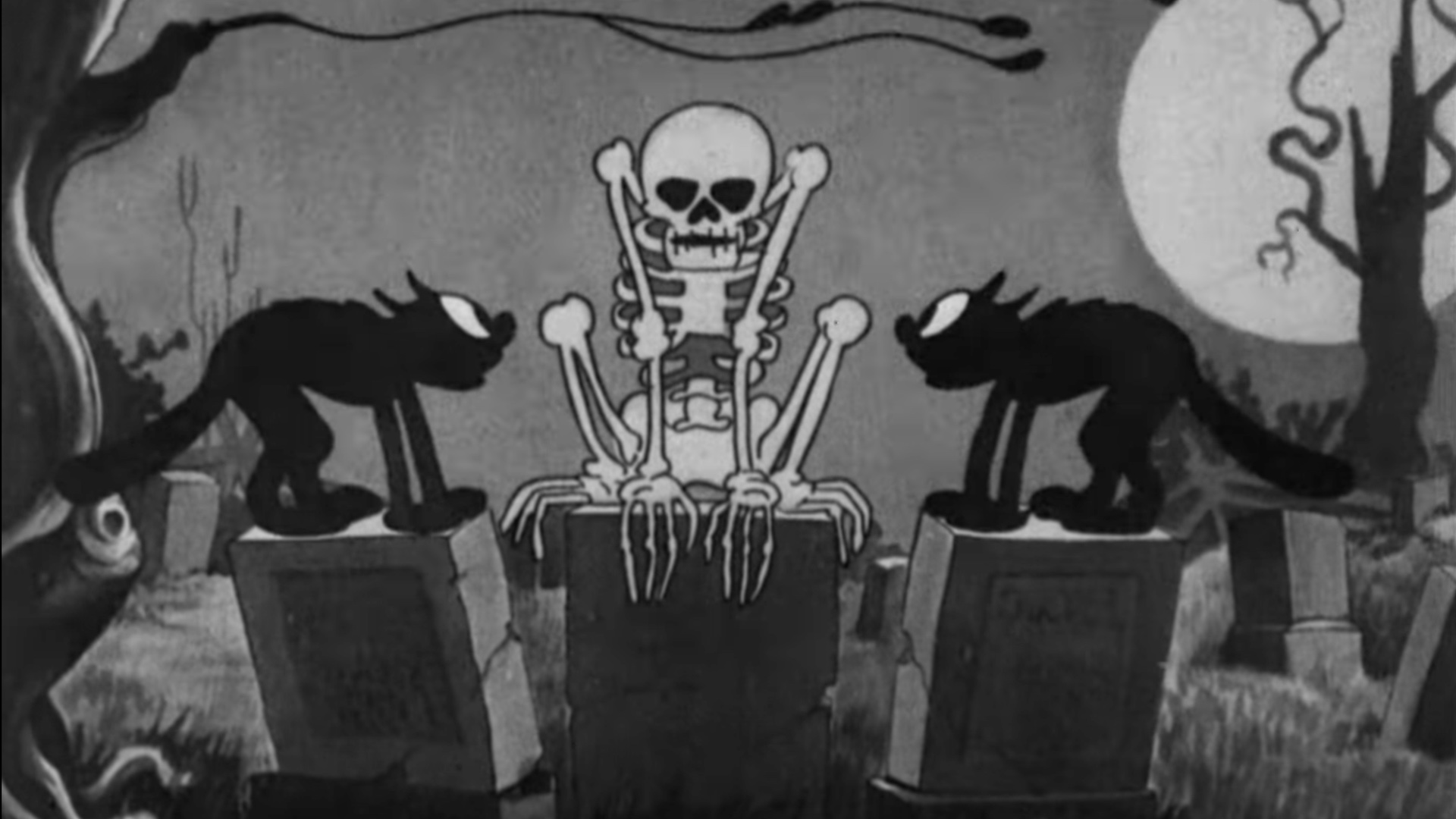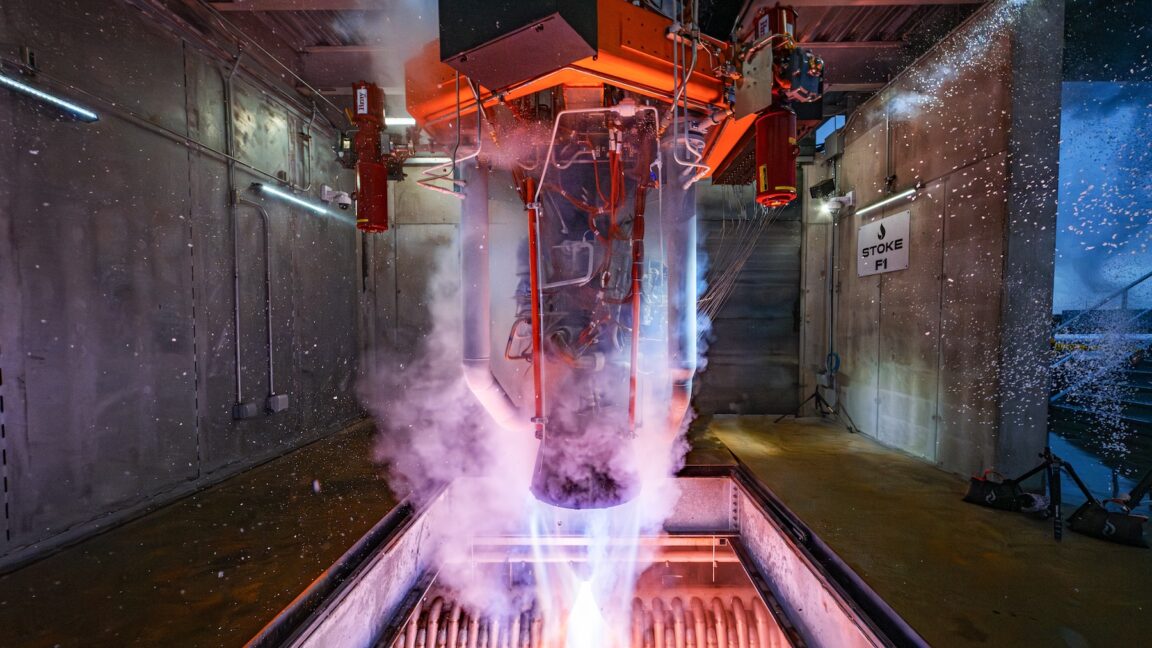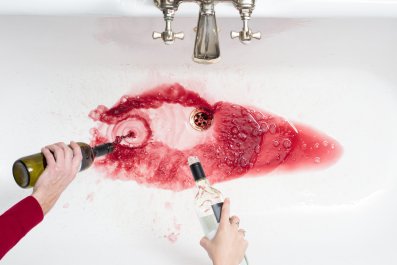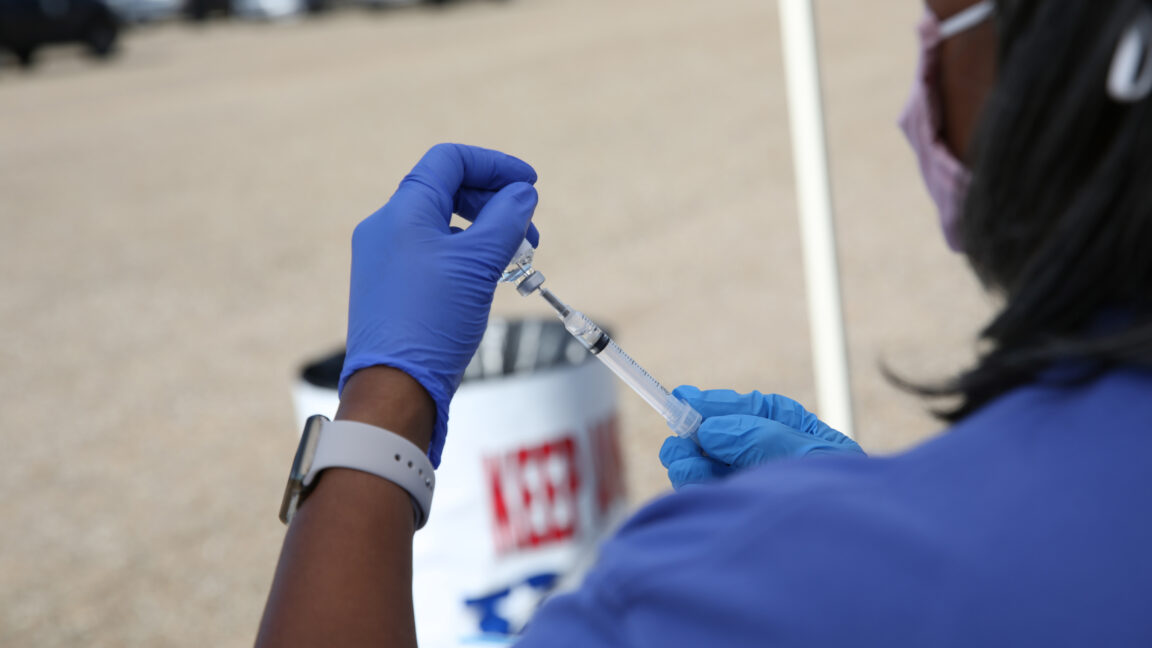Surviving the Thaw: Greenland’s Inuit Grapple with Their Melting World

This story includes discussion of suicide. If you or someone you know needs help, the national suicide and crisis lifeline in the U.S. is available by calling or texting 988. There is also an online chat at 988lifeline.org. The suicide and crisis helpline in Greenland can be reached at +299 80 11 80 or SMS: +299 1899. Reporting for this story was supported by the Pulitzer Center. NUUK, GREENLAND—Nikkulaat Jeremiassen was 6 years old when he was tasked with holding the fishing net on his father’s boat, gripping the ropes tightly in his little fists to prevent the day’s catch from escaping. Not long after, he had a 20-caliber hunting rifle shortened to suit his small frame. He was given an old fishing boat when he was 15 and was soon a self-employed fisherman. During the summer months, he would often sleep for only an hour a day for weeks on end, working overtime to stock up for the lean winter ahead—a common routine among the sea-bound workers. Fisheries are an important industry in Greenland, providing over 90 percent of the island’s exports. But even before its industrial expansion, fishing was a source of sustenance and cultural pride for Greenland’s Inuit people. Fathers taught their sons to fish and hunt using the sea ice, and to follow their prey’s migration patterns through the seasons, Jeremiassen remembers. Now, Jeremiassen, 64, is watching as warming temperatures threaten these Inuit traditions and the Greenlandic way of life he grew up with. He’s practiced traditional hunting and fishing for as long as he can remember, but future generations may not be able to say the same. Much of Greenland is above the Arctic Circle, where temperatures are climbing nearly four times faster than the global average as the build-up of greenhouse gases from fossil fuel combustion and other human activities warm the atmosphere. The Greenland Ice Sheet—which covers about 80 percent of the island—has shed around 270 billion metric tons of ice annually since 2002, while the sea ice that normally rings the island’s coastlines is growing thinner and less stable. The retreating ice has made Greenland more accessible to the world and exposed rare earth minerals that have piqued the interest of developers and the administration of U.S. President Donald Trump, who called U.S. control of Greenland “an absolute necessity” and has not ruled out the use of military force to acquire the island. But for Greenland’s Indigenous Inuit people, who make up most of the island’s population, these environmental changes are undermining the fishing, hunting and strong ties to nature that have long defined their culture, making it harder to practice their traditions and pass on generational knowledge. Inuit communities feel the effects of climate change in many aspects of daily life, through disrupted livelihoods, food insecurity and housing problems, and in changes to their cultures and identities. Ninety-two percent of Greenlanders believe climate change is occurring, and 76 percent say they have personally experienced its effects, according to a 2019 survey conducted by the University of Copenhagen, the Kraks Fond Institute for Urban Economic Research and the University of Greenland. A majority of respondents think climate change will harm sled dogs and hunting, and about half say it will negatively affect fishing. Mental health experts say climate change is driving stress and feelings of disconnection from Inuit culture that could add to the pile of risk factors affecting native Greenlanders’ psychological well being. Though sparsely populated, Greenland has frequently had one of the world’s highest suicide rates. “Nature is like a healing place. We understand the nature, the nature understands us,” said Arnârak Patricia Bloch, a doctoral student at the Center for Public Health in Greenland studying youth suicide and a Greenlandic suicide prevention instructor. “The only thing we can heal from is now being affected with climate change.”
“Reality is Different Now”
The sea ice around Greenland’s northernmost city, Qaanaaq, disappeared last winter, when it normally would have formed a frozen highway for dog sleds. Seasonal darkness made it difficult for locals to sail, leaving them largely landlocked, unable to fish or hunt on the sea or its ice for months, community members and local media reported. The fishers and hunters, who would normally sell their catch to local markets or fish processing plants, had little income to feed their families or pay their bills. Many could no longer afford to care for their sled dogs, a part of Inuit culture dating back thousands of years. In the past two decades, declining sea ice, snowmobile use, increasing food prices and disease have halved Greenland’s sled dog population to around 15,000, and it’s still declining.

“Build Our Soldiers Around Us”
A few icebergs float silently off the coast of Qaqortoq as they gradually melt from the summer heat. It’s June, and boats stream in and out of the colorful southern city. On a sunny weekday, the town of 3,000 is bustling. Children play pick-up baseball outside the small school during breaks, running bases and chasing after the batted ball when it rolls down the road. Groups of locals walk past the river that cuts through town and chat under the beaming sun. Nearby, a boat sails from the harbor to visit hot springs for the afternoon. But the weather can change quickly. The next day, the temperature dropped, clouds obscured the sun that was high in the sky even at night and unrelenting rain slicked the rocky hills and pelted against windows. Few people occupied the streets, opting to stay warm and dry inside.



Finding Your Place in Nature
The phrase “suna arlaat inissaminiippoq” describes health. But the concept is understood differently in Greenland than in much of the Western world. “It means that something or someone is in the right place; finding your place in the nature” said Ingelise Olesen, an Inuit grandmother, as snow fell softly outside the window behind her. For the past 20 years, Olesen has been the research coordinator at the Center for Public Health in Greenland, where she studies the relationship between Indigenous health and culture. She recently noticed a disconnect between young people—who have one of the highest rates of suicide in Greenland—and their traditional Inuit roots. So she decided to do something about it. Borrowing a concept from colleagues in other Arctic countries, Olesen and the center created a pilot program in 2020 that brought youth and elders on a camping trip to reconnect with nature, form intergenerational bonds and enjoy traditional oral storytelling, a feature of Inuit culture for thousands of years. These kinds of relationships with elders are closely linked to positive mental health outcomes, Olesen said, particularly for Indigenous communities. But as climate change and industrialization propel social and cultural change on the island, it has become harder for elders to pass their knowledge on to the young. Many Greenlanders work 9-to-5 jobs, while their children commonly travel abroad in search of educational opportunities not available on the island. There’s little time to pass on hunting and other cultural practices from one generation to the next. And when there are such opportunities, unpredictable weather can derail plans at a moment’s notice. Greenlanders are used to the weather determining what they can do, said Kamilla Nørtoft, a senior researcher at the Center for Public Health in Greenland. “That’s a condition of life in the Arctic,” Nørtoft said. “But of course, some changes might happen faster than traditions change.” Still, community members say there are efforts to preserve Inuit culture in the face of the climate crisis. On a small island outside the capital city, a group of nearly 20 youth, ages 11 to 14, and elders sat in a circle and exchanged stories. A tattoo artist explained the significance of traditional Inuit tattoos, or Tunniit, and the children painted temporary ones onto their skin. The elders taught the children how to build a fire and prepare Greenlandic food—fish, seal and reindeer—and peel the most meat from the animals’ bones. The kids taught the elders how to adjust the settings on their Apple smartwatches. The elders talked about the meanings of their names, which in Inuit culture can signify the continuation of family, a way to carry on the soul of someone who came before. Most of the children didn’t know why they were named as they were, but they came back the following day after having asked their parents. “The elders, I feel that they felt they gave something and gained something too,” Olesen said. “It has always been a normal thing that you pass on your cultural hunting knowledge to your children. And if you ask people living here, ‘What is important for you in your life?’ It is passing on knowledge.” Nørtoft assumed leadership of the program, which hosts a few camping trips each year, from Olesen in 2022. It is now owned by Greenland’s municipality of Qeqqata Kommunia and operated with the support of Nørtoft and others at the Center of Public Health in Greenland. Nørtoft said they’re broadening the program to include the local kindergartens, so intergenerational activities and time with nature can be incorporated into the children’s everyday routines from a young age. “Because of climate change, it’s important that you know something of the earlier condition of climate, and then you pass that to the next generation,” Olesen said. “It’s how you can adapt,” she said. “But it’s also how you can fight against it.”They’ll Survive This, Too
On the morning of the National Day of Greenland, cannon booms echoed through the cobbled streets of the capital city of Nuuk. Locals who trickled in from homes painted in shades of red, blue, yellow and green to join tourists near the boardwalk by the shore knew what the cannon firings meant: The annual seal hunt had begun. Dozens of small fishing boats sped from the harbor, leaving frothy white wakes in the still sea. There was a sense of anticipation in the air; the first hunter to return with a slain seal wins the competition. Seal hunting is an integral part of the Greenlandic culture and diet, and a source of great pride among Native Greenlanders.









